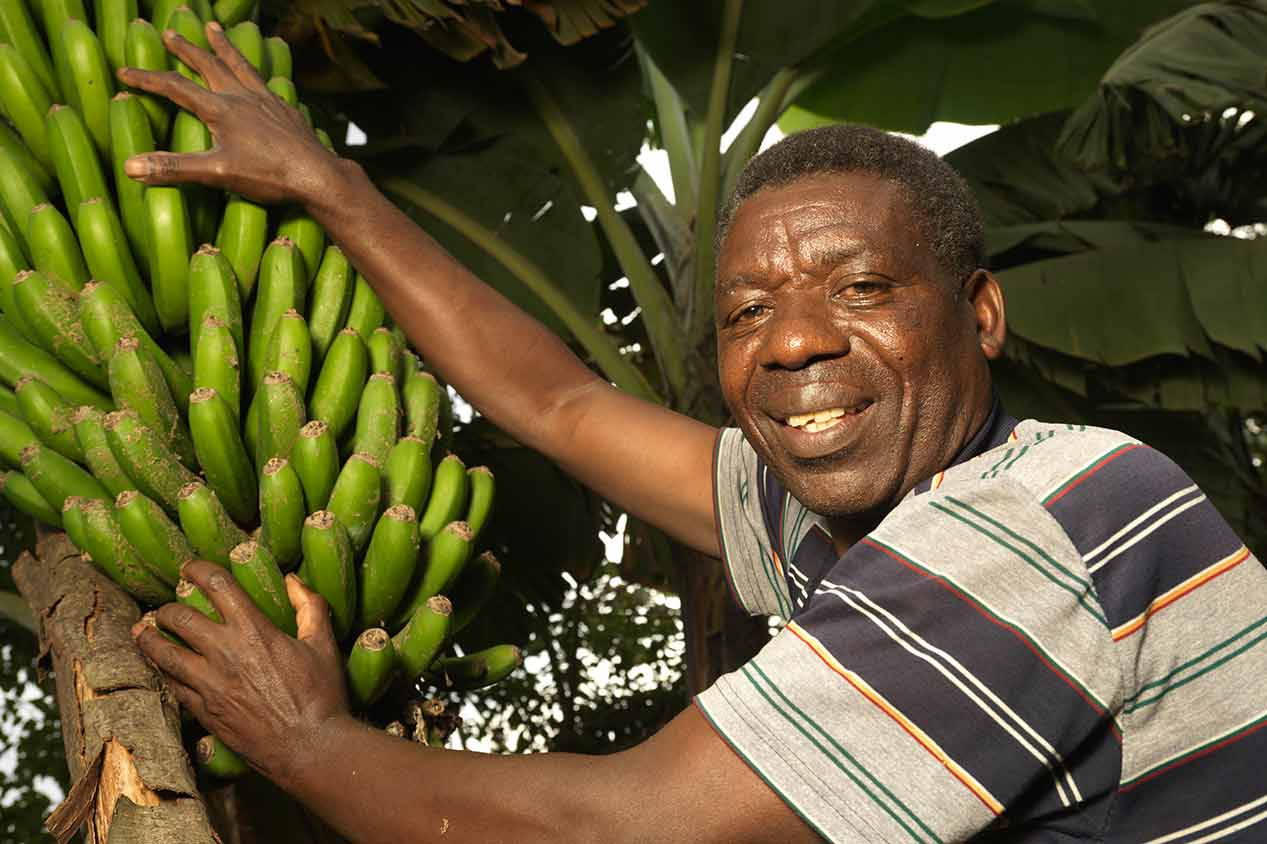About Instituto de Dessarollo Regional "Cesar Vallejo" (IDERCV)

IDERCV is a non-government organisation that specialises in microfinance and rural development in Northern Peru. IDERCV works in La Libertad, Tumbes, Cajamarca, Ancash and Piura and it has its headquarters in Trujillo. IDERCV was founded in 1990 and is a member of COPEME (Consortium of Private Organizations promoting Micro and Small Enterprises) and PROMUC (Consortium of NGOs promoting Women and Communities) and the Chamber of Commerce of the region of La Libertad.
What is IDERCV's mission?
IDERCV's mission is to be an established, competitive and reliable institution that provides social and economic services to help improve the living conditions of vulnerable populations, with a special focus on excluded rural and peri-urban areas of Peru. Their credit programme focuses on supporting women, rural communities, artisan fishermen and young entrepreneurs with financial and non-financial services.
What types of financial services does IDERCV provide?
IDERCV offers the following financial products:
- Individual credit for urban and rural Micro and Small Enterprises
- Credit for artisanal fishing and extractive activities
- Agricultural credit for two value chains: credit MI VAQUITA for the milk products value chain and credit CREDIPALTA for the avocado value chain
- Credit for personnel work
- Credit for young entrepreneurs
IDERCV also provides non-financial services such as:
- Credit investment advice including financial education and business management courses for their clients
- Outsourced free medical care: IDERCV has an agreement with the Laboratory ESCALAB that gives their clients 20% off medical analyses
How much interest does IDERCV charge?
Microfinance institutions (MFIs) charge higher rates of interest for several reasons. Firstly, the administrative costs of making many small loans are much higher than making fewer larger loans; secondly, they take more time assessing the feasibility of applications and thereby reducing risk because borrowers cannot offer traditional forms of collateral nor do they have salaried incomes; thirdly MFIs often operate in geographically remote areas with low population densities and this means that they incur greater operational costs; and fourthly they accompany all their loans with a range of training and technical advice.
The most representative loan product of IDERCV funded by Lendwithcare attracts an Annual Percentage Rate (APR)* of 36.1%.
*The Annual Percentage Rate (APR) is a standard way of expressing the cost of a loan that allows for comparison between loans. It includes annual interest, insurance, and fees that the borrower must pay, and is expressed as a percentage of the amount borrowed.
Does IDERCV provide any training?
Yes, IDERCV offers its clients financial education and business management courses.
Where can I find out more information about IDERCV?
Further information about IDERCV is available from the organisation’s website here.
IDERCV: Basic facts and figures (June 2025)
Full name: | Instituto de Dessarollo Regional "Cesar Vallejo" |
Established: | 1990 |
Average loan size: | $1,062 |
Number of active loans: | 234 |
Outstanding loan portfolio: | US$111,976 |
Portfolio at Risk (PAR) at 30 days*: | 10.3% |
Proportion of loans given to women: | 55% |
Proportion of loans given in rural areas: | 18% |
*PAR30 is a commonly used metric that provides an insight into the quality of an MFI's loan portfolio, which is generally its major asset and therefore its greatest source of risk. It is computed by dividing the amount of delinquent loans greater than 30 days over the total amount of the loan portfolio.
Peru: Basic facts and figures (August 2025)
Population: | 34.2 million* |
Currency: | Peruvian new sol* |
GDP per capita: | US$8,452* (compared with US$52,637 in the UK) |
Inflation (GDP deflator): | 2.0%* |
Life expectancy: | 78 years* |
Percentage of population living on less than $3.00 a day: | 5.9%* |
Human Development Index ranking: | 79 (of 193 countries)** |
Population using safely managed drinking water: | 52%*** |
Infant mortality rate (per 1,000 live births): | 11**** (compared with 4 in the UK) |
Percentage of adults with a bank account: | 61%**** |
The Christmas
gift that keeps
on giving…
Buy a gift voucher

As well as making loans, you can also support entrepreneurs in developing countries by making a donation to help secure the future growth of Lendwithcare